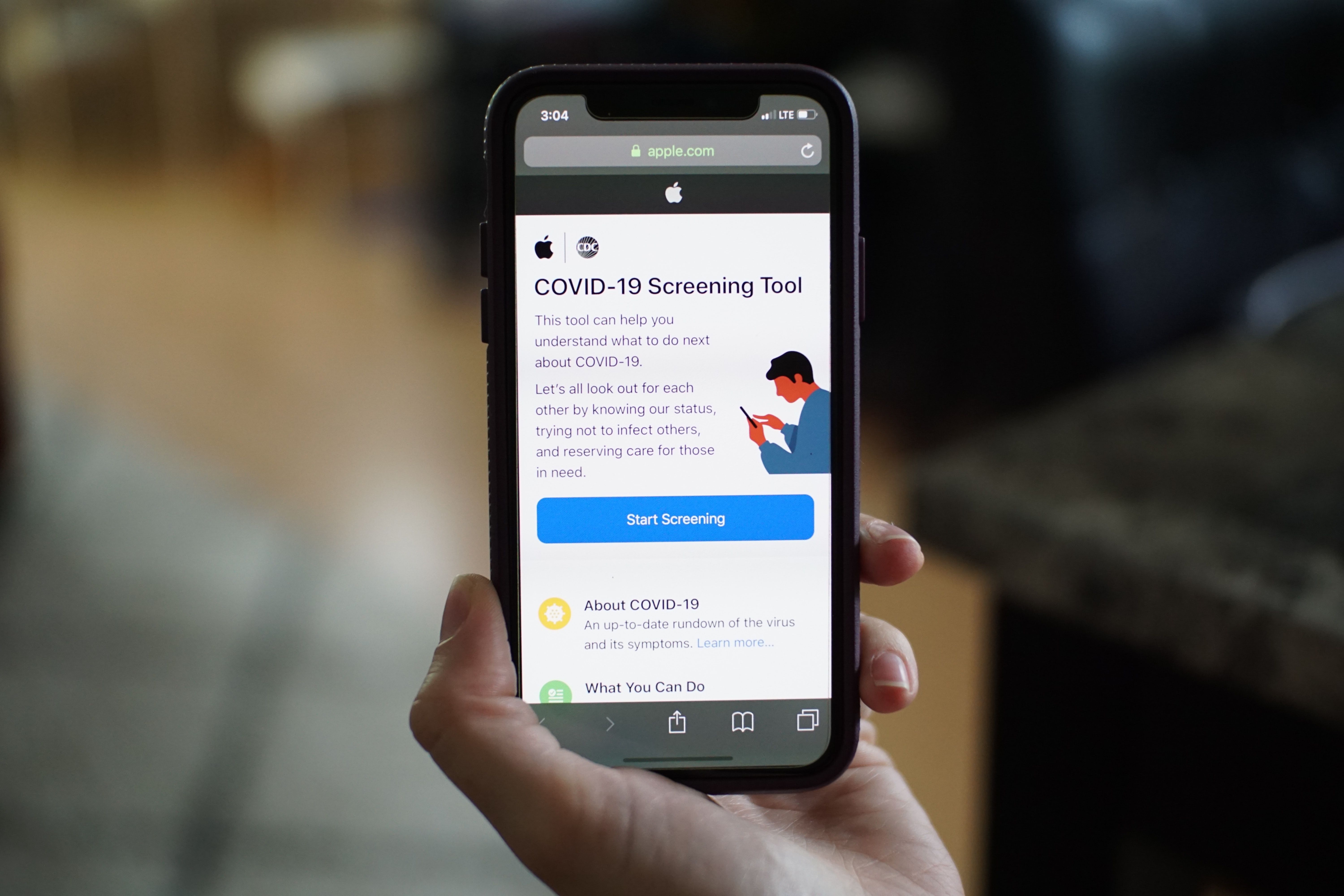Telehealth is the provision of health via electronic technology such as telecommunications or live video. Telehealth can be confusing, especially for vulnerable, disabled, or aged populations. But, it can also save lives—especially during a global health emergency such as the COVID-19 pandemic.
Yet, many people are still unsure what telehealth involves. Is it covered by insurance or Medicaid? How can you access it? Is it really that useful?
In this article, we'll answer all these questions and more.
Telehealth Vs. Telemedicine: What's the Difference?
There are services on the internet that let you track COVID-19 in your area or recover from burnout related to COVID. But are these telehealth, telemedicine, or neither?
The terms telehealth and telemedicine are often used to mean the same thing, but that's not exactly accurate. Telemedicine is the use of technology to provide clinical care over distance. Telehealth is a much broader term that encompasses telemedicine, covering many more clinical and health services and non-clinical services.
There are three main kinds of telehealth: synchronous, asynchronous, and remote monitoring. Synchronous telehealth refers to two-way interactions between a patient and physician. An obvious limitation is that certain things cannot be done, like taking a blood sample.
Asynchronous telehealth fills some of the gaps here. This simply involves patients answering questions about their symptoms, refilling prescriptions, or making appointments, but not in real-time like with synchronous telehealth.
The third type, remote monitoring, is when patients have devices within their homes that can monitor important aspects of their health, such as temperature, blood pressure, and more. This is an essential service for many chronic conditions and can be extremely effective.
Can Telehealth Prescribe Medicine?
With the COVID-19 pandemic public health emergency, the government allowed authorized providers to prescribe controlled substances through telehealth rather than requiring in-person appointments.
During normal times, there are several differences. Most states require a patient-to-provider relationship (in-person appointments) as well as a physical examination before any controlled substance can be prescribed to a patient.
How Is Telehealth Integrated Into Healthcare?
There are several ways that telehealth is integrated into healthcare. As we mentioned above, it can involve many aspects of a patient's journey through the healthcare system, from appointments to diagnosis, to the management of chronic conditions.
Telehealth can be integrated at all steps in healthcare. For example, it could involve answering questions, describing their symptoms, applying for refills for their prescriptions, or making appointments for an evaluation. Further, it can involve the active monitoring of symptoms and management of chronic conditions.
What Telehealth Services Are Covered By Medicaid?
Medicaid covers several telehealth services, though it differs slightly state by state. These services include live conferencing, remote monitoring, and store-and-forward. Live conferencing is the real-time consultation between a patient and healthcare provider (synchronous telehealth). Store-and-forward is when a patient records a session that is later reviewed by the provider (asynchronous telehealth).
Depending on which state you're in, there may be particular requirements for particular services. These could include the type of provider, where the professional is licensed, what prescriptions can be provided, and where the service was provided.
Make sure to speak with your physician or inquire with your local authorities to make sure whether you are covered by Medicaid for whichever service you are seeking.
Is Telehealth Covered By Medicare?
Depending on your plan, Medicare covers certain telehealth services. These may include office visits, consultations, and psychotherapy. Original (Part A and Part B) Medicare covered notoriously little when it came to telehealth, but the Part B benefits would pay 80% of the upfront cost for approved telehealth visits.
Other services now covered by the newer Medicare Advantage include telestroke services, home dialysis, and more. Further, the Centers for Medicare & Medicaid Services (CMS) has expanded telehealth coverage under Medicare during COVID-19, allowing patients to pay only a 20% coinsurance for all telehealth visits.
It's always best to speak with your doctor or healthcare provider about costs because the final bill depends on several factors, including:
- Your insurance plan(s).
- How much you will be charged.
- Whether your doctor accepts the assignment.
- What kind of item, service, test, or facility was provided.
- The type of healthcare provider that you went to.
Telehealth vs. In-Person
In some places in the world, telehealth has boomed to over 80x its usual levels of use. People often wonder whether it's as good as in-person care, but there are several factors to consider.
One obvious bonus of telehealth is that vulnerable, disabled, or otherwise impaired patients can still access high-quality healthcare without having to leave their homes. This involves the balancing of risk with reward. During the COVID-19 pandemic, for instance, telehealth has turned out to be absolutely indispensable in slowing the transmission while still saving people's lives.
But, telehealth can also provide less-than-adequate care if it's done poorly. It is far more applicable to patients with ongoing conditions who require management and monitoring rather than those who need an evaluation or diagnosis. In fact, telehealth is often as good or better than in-person care for those with chronic conditions since they can access more frequent check-ins.
Telehealth also provides an efficient bridge to in-person care. For example, imagine a person with a particular set of symptoms. The first appointment may be held via a video call, during which the physician will decide whether or not the patient requires an in-person follow-up. If it's decided not to be necessary, the physician can prescribe basic medications such as painkillers or provide a doctor's note, reducing overall strain on the healthcare system.
Privacy and Telehealth
One concern many people have is the sharing of their private health information online or over the phone. Today, online privacy and security are foremost for many people, and understandably so, especially with healthcare being a frequent target for malware and ransomware attacks. But, most telehealth services make use of purpose-specific platforms that provide secure and safe communications between the patient and physician.
Is Telehealth the Future of Medicine?
With technology advancing (especially in the fields of communications and medicine), who knows what will be available to us in the future. Most people now have access to the internet, a smartphone with video capabilities, and more. These tools have become perfect for providing healthcare remotely, which has itself saved countless at-risk lives.
As we move forward with the COVID-19 pandemic (and hopefully away from it), it will be fascinating to see which aspects of telehealth progress and become commonplace.




